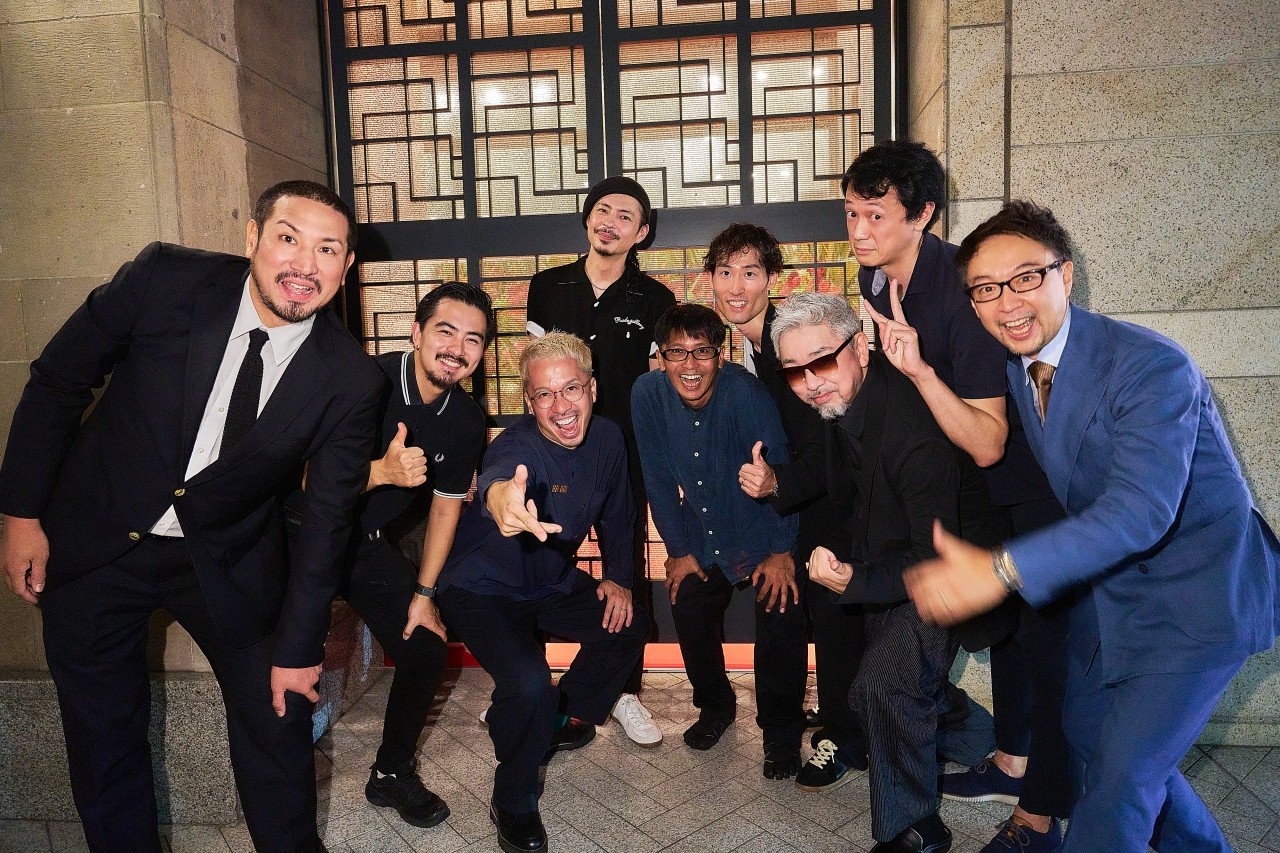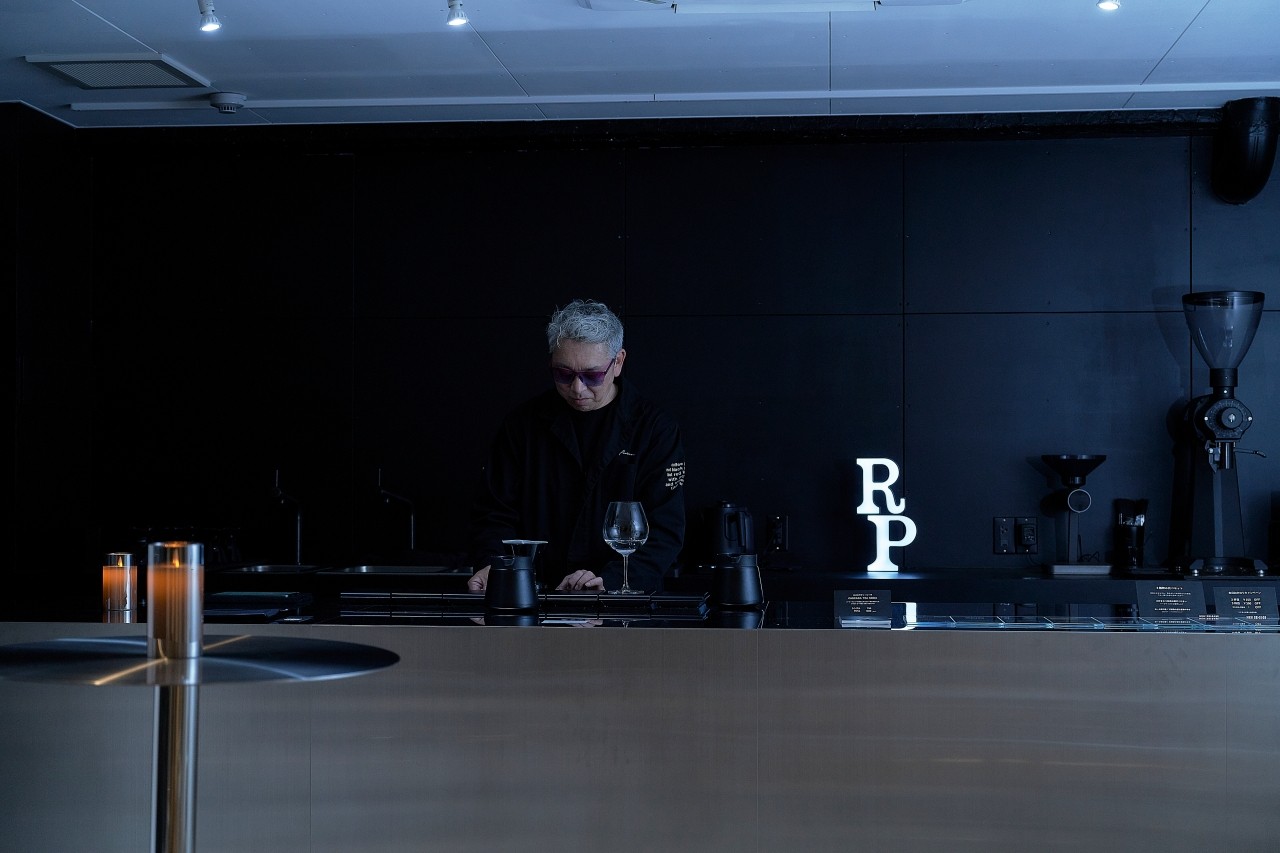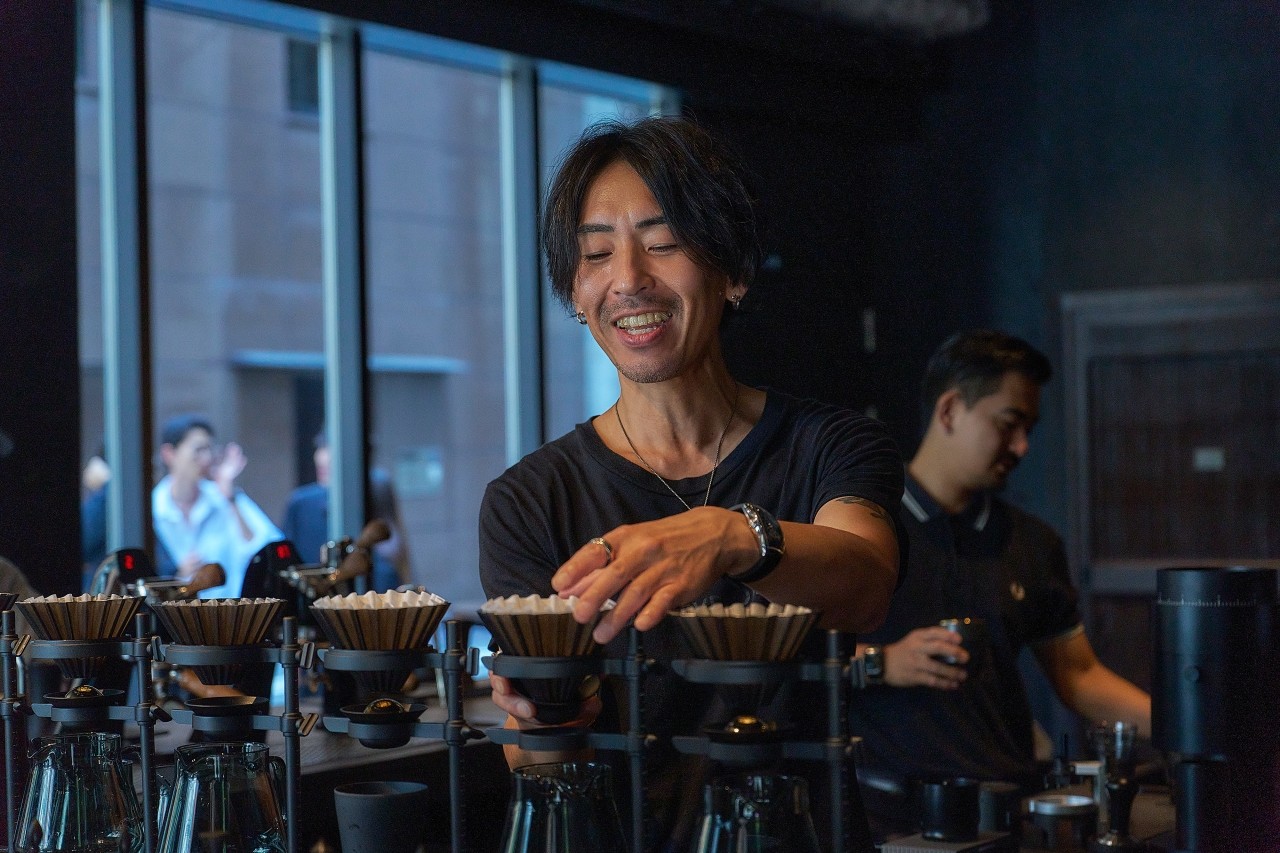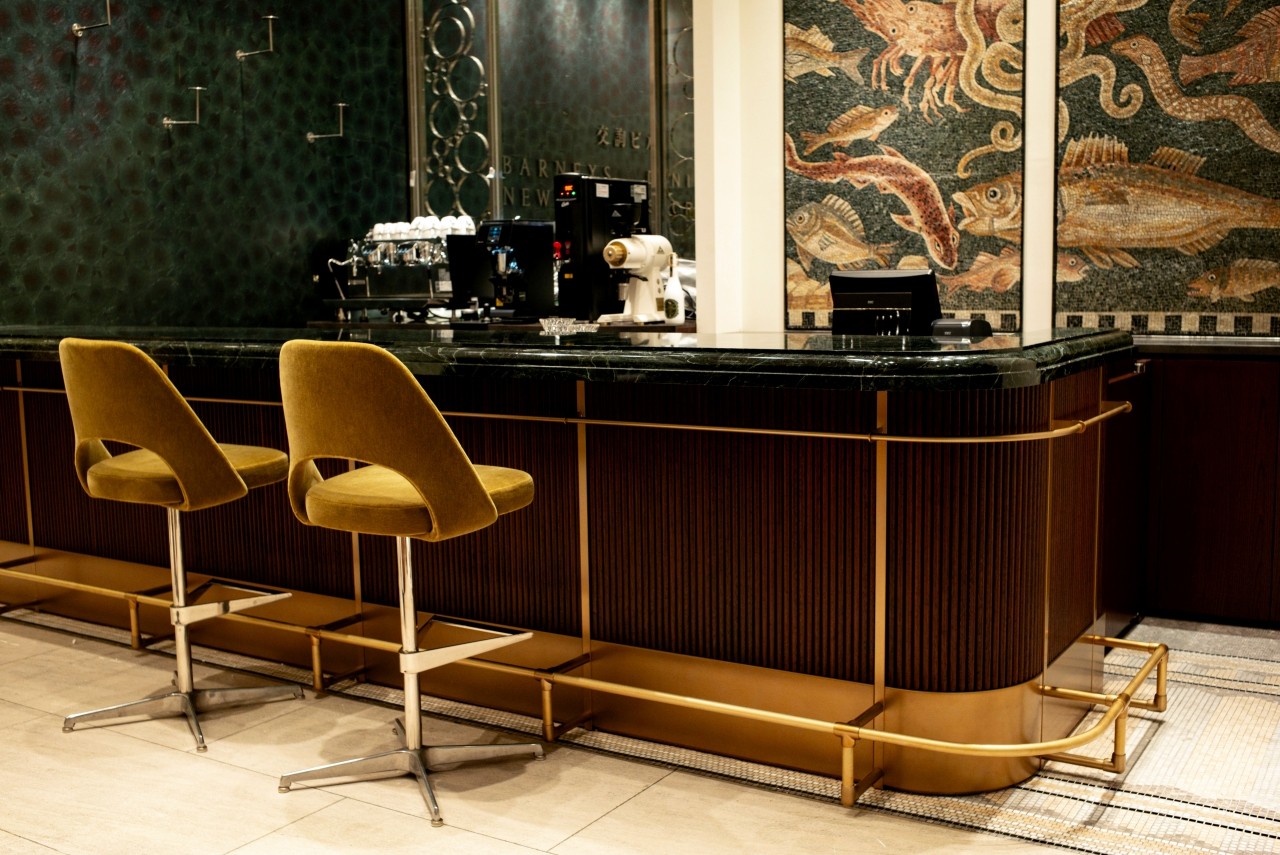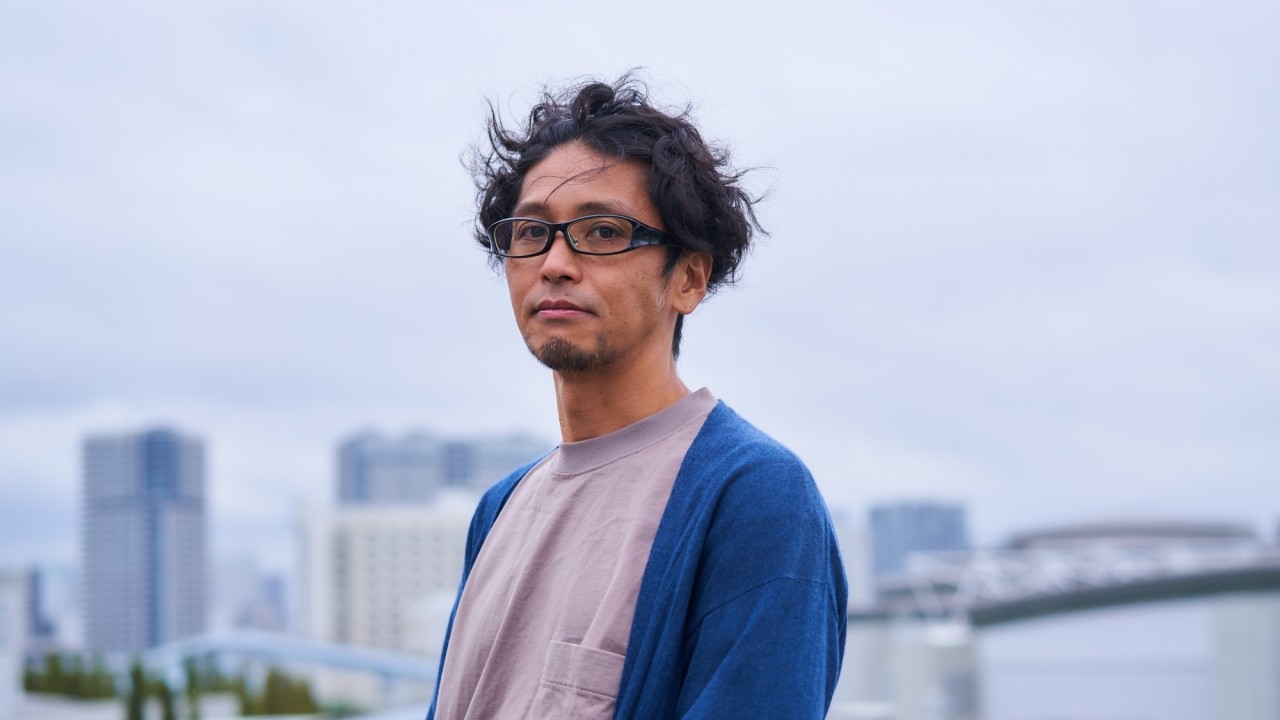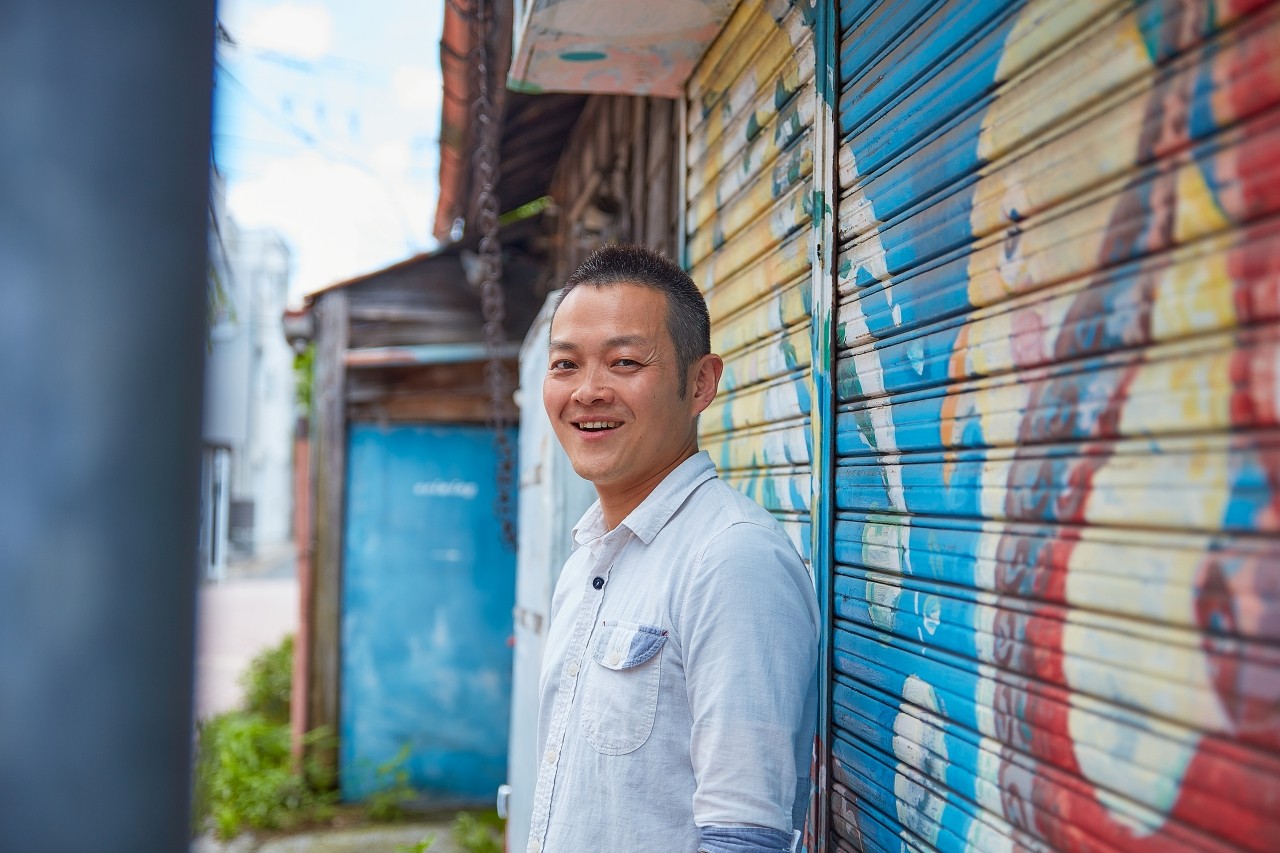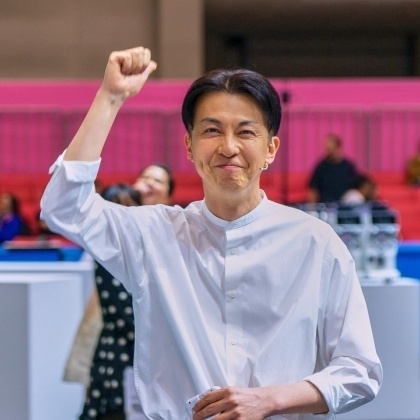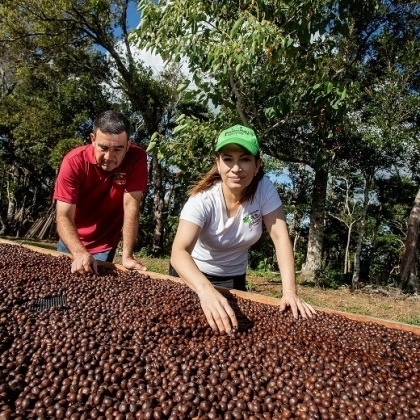What are the roasting levels of coffee? 8 levels including cinnamon, city, French roast, etc.
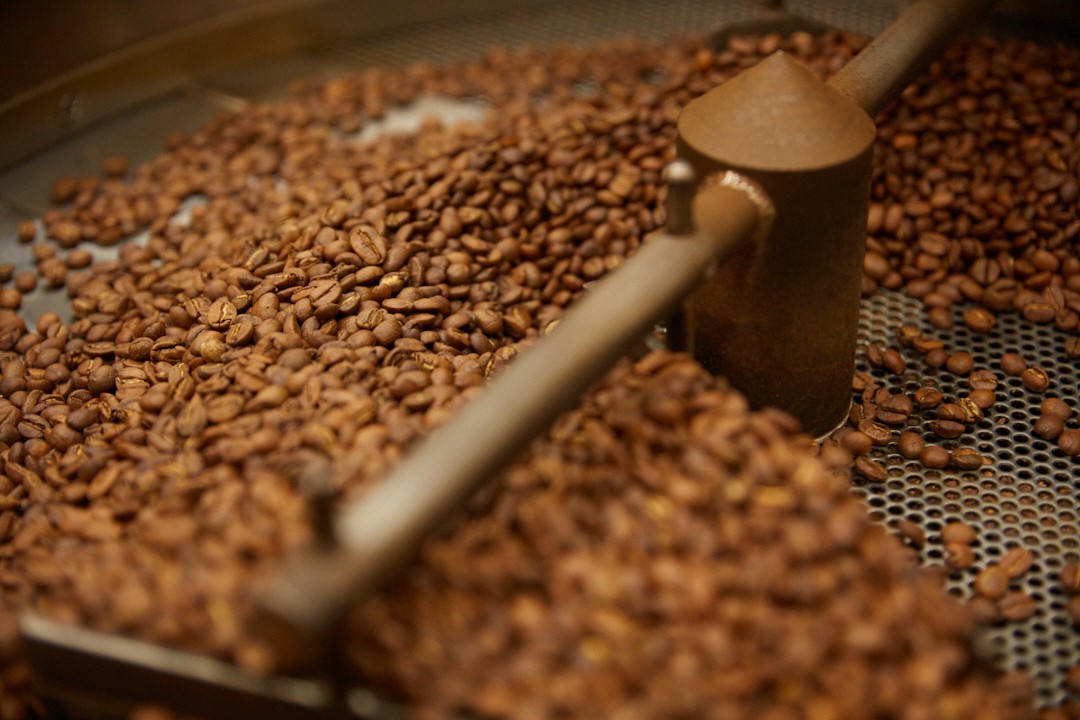
The roasting process is crucial to determining the flavor of coffee.
Coffee beans are the seeds of the coffee fruit. Raw beans are pale green and have no coffee-like taste or aroma. Only by applying heat to them and "roasting" them can they take on color, aroma, and flavor, becoming drinkable coffee.
Roasting is a very important process that determines the taste and flavor of coffee, and we believe that more focus should be placed on the skills and thinking of the roaster who Koike the coffee (which is why our service, CROWD ROASTER , focuses on roasting).
Roasting is a very important process that determines the taste and flavor of coffee, and we believe that more focus should be placed on the skills and thinking of the roaster who Koike the coffee (which is why our service, CROWD ROASTER , focuses on roasting).
The flavor of coffee comes from Manabu reactions that occur when the ingredients in the beans are heated.
Even raw beans with a pale green, grassy smell can develop aromas, flavors, acidity, bitterness, etc. when roasted.
And the Manabu reaction changes depending on the heating time, temperature, and how the heat is applied (process), and the flavor extracted from the green beans changes, so the taste of coffee is greatly influenced by roasting. Roasting is the most important process that determines the taste of coffee, next to the selection of green beans.
Even raw beans with a pale green, grassy smell can develop aromas, flavors, acidity, bitterness, etc. when roasted.
And the Manabu reaction changes depending on the heating time, temperature, and how the heat is applied (process), and the flavor extracted from the green beans changes, so the taste of coffee is greatly influenced by roasting. Roasting is the most important process that determines the taste of coffee, next to the selection of green beans.
Among all types of roasting, the theme this time is "roast degree."
How the coffee is roasted is very important to the flavor of the coffee.
The degree of roast is one indicator of this.
How the coffee is roasted is very important to the flavor of the coffee.
The degree of roast is one indicator of this.
However, since there are no common standards for roasting degree, it should be considered as a guideline.
The degree of roasting is closely related to aroma and flavor
The degree of roast is an indicator of how much heat has been applied to the coffee beans, and is generally proportional to the roasting time.
The lower the heat, the lighter the roast will be, and the higher the heat, the darker the roast will be.
If the coffee beans are lightly roasted, their color will be light, while if they are deeply roasted, their color will be darker and more oil will seep out.
This is easy to imagine if you have ever seen beans with different roast levels.
The taste also changes depending on the degree of roast; lightly roasted coffee tends to have a stronger acidity and weaker bitterness, while darker roasted coffee tends to have a stronger bitterness and weaker acidity.
The lower the heat, the lighter the roast will be, and the higher the heat, the darker the roast will be.
If the coffee beans are lightly roasted, their color will be light, while if they are deeply roasted, their color will be darker and more oil will seep out.
This is easy to imagine if you have ever seen beans with different roast levels.
The taste also changes depending on the degree of roast; lightly roasted coffee tends to have a stronger acidity and weaker bitterness, while darker roasted coffee tends to have a stronger bitterness and weaker acidity.
Characteristics of a light roast
It has a strong acidity and a fruity taste. The aroma of the beans is widely expressed. The mouthfeel and body are light.
Characteristics of dark roast
The bitterness becomes stronger, and the aroma becomes more roasted. The mouthfeel becomes rich and full-bodied.
8 levels of roasting
Roast levels can be broadly categorized into light roast, medium roast, medium-dark roast, and dark roast.
As a more detailed division, an eight-level classification is often used in Japan.
As a more detailed division, an eight-level classification is often used in Japan.
There are eight levels of roast, starting from light roast, followed by light roast, cinnamon roast, medium roast, high roast, city roast, full city roast, French roast, and Italian roast .
CROWD ROASTER also indicates the degree of roasting using these eight levels.
This is to allow the roaster to express more subtle nuances.
Of course, the decision on the degree of roasting is made by each individual roaster, so even if the roasting level is the same, it may vary depending on the roaster.
Incidentally, this eight-level classification is said to be based on that used in America in the old days, and some names (France, Italy) indicate national preferences, while "City" is said to be the level of roast preferred in New York City.
As a rough guide only, we will briefly explain the 8 levels of roasting used at CROWD ROASTER , from the lightest light roast to the darkest Italian roast, along with icons that indicate the roasting level.
As mentioned above, there is no clear standard for the color of coffee beans, so we are describing the relationship between the first crack and the second crack, which are stages in the roasting process. The first crack is when the beans expand due to carbon dioxide after the moisture has evaporated and a popping sound can be heard, and the second crack is when the beans continue to roast, the color darkens, the oils come out, and a high-pitched popping sound can be heard.
(The roasting process will be explained in detail in another article.)
CROWD ROASTER also indicates the degree of roasting using these eight levels.
This is to allow the roaster to express more subtle nuances.
Of course, the decision on the degree of roasting is made by each individual roaster, so even if the roasting level is the same, it may vary depending on the roaster.
Incidentally, this eight-level classification is said to be based on that used in America in the old days, and some names (France, Italy) indicate national preferences, while "City" is said to be the level of roast preferred in New York City.
As a rough guide only, we will briefly explain the 8 levels of roasting used at CROWD ROASTER , from the lightest light roast to the darkest Italian roast, along with icons that indicate the roasting level.
As mentioned above, there is no clear standard for the color of coffee beans, so we are describing the relationship between the first crack and the second crack, which are stages in the roasting process. The first crack is when the beans expand due to carbon dioxide after the moisture has evaporated and a popping sound can be heard, and the second crack is when the beans continue to roast, the color darkens, the oils come out, and a high-pitched popping sound can be heard.
(The roasting process will be explained in detail in another article.)
1. Light roast
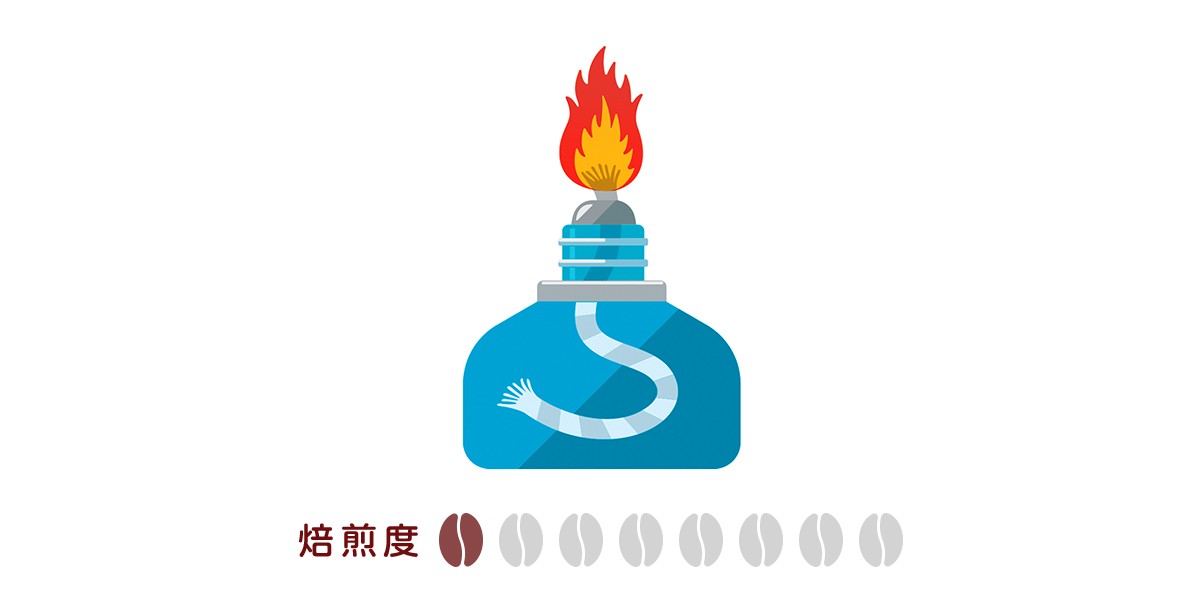
The lightest roast, around one crack. The beans are only lightly colored.
2. Cinnamon Roast
2. Cinnamon Roast

A light roast, slightly more roasted than light, the name comes from the state in which the beans are cinnamon-colored.
3. Medium roast
3. Medium roast
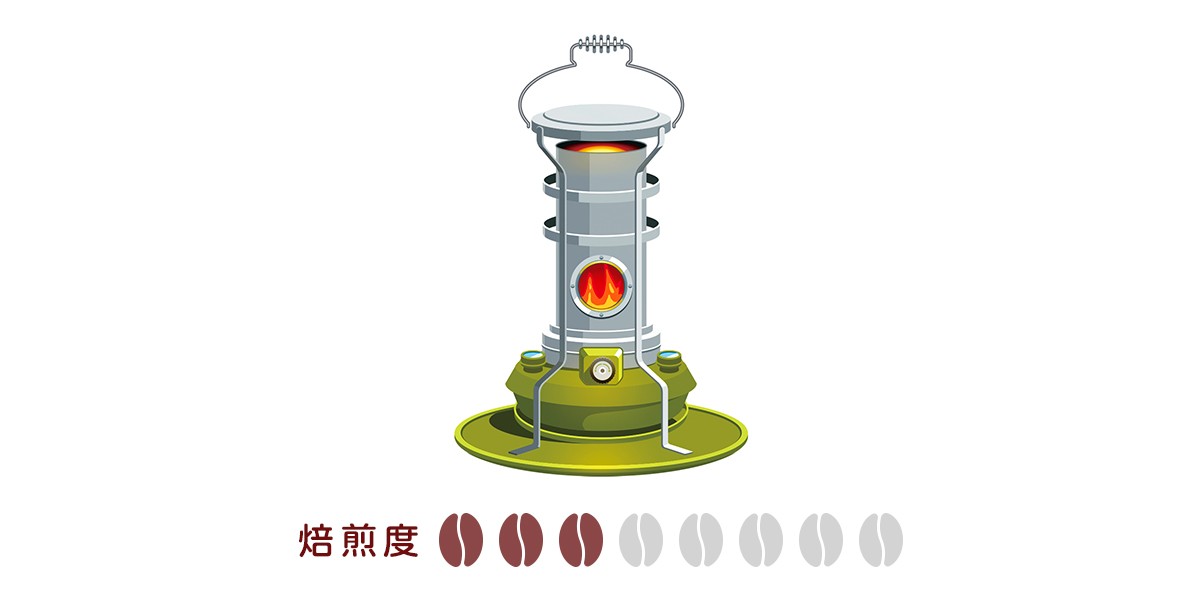
From here, it becomes medium roast. It is after the first crack and just before the second crack. It is also called American roast.
4. High Roast
4. High Roast
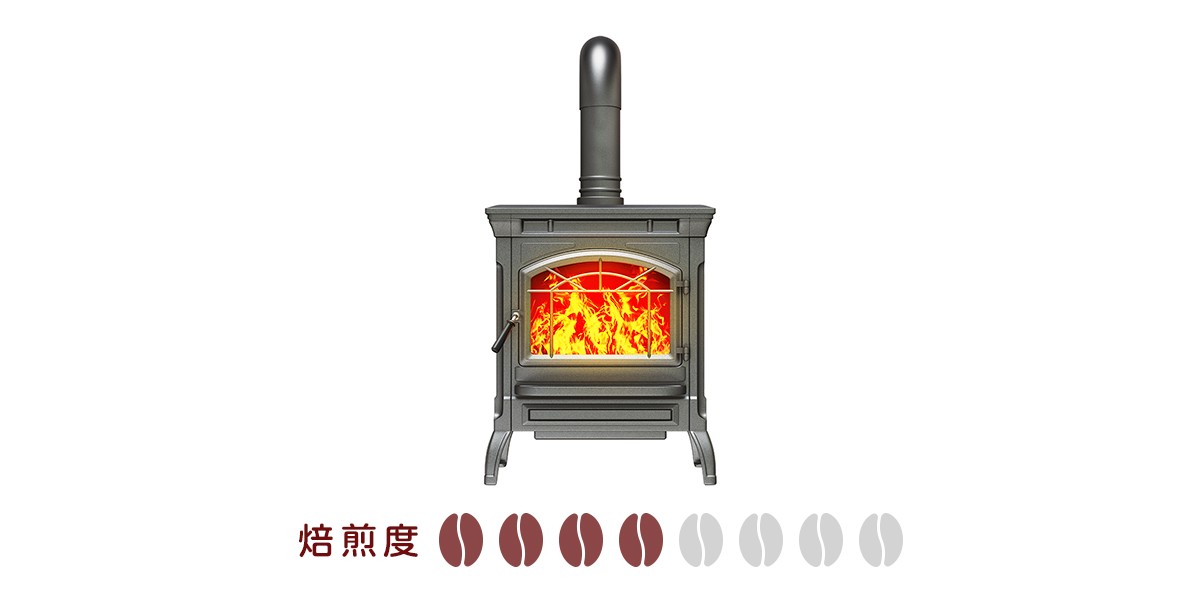
2. In the middle of the crack or around that stage. A slightly advanced medium roast, sometimes called a medium-dark roast.
5. City Roast

From here on, it gets darker. The second crack is over and the color becomes much darker. The name "City" comes from New York City.
6. Full City Roast

The second crack has converged and the roast has progressed further. The oils on the surface create Hikaru pattern.
7. French Roast

A lot of oil will seep out to the surface of the beans.
8. Italian Roast
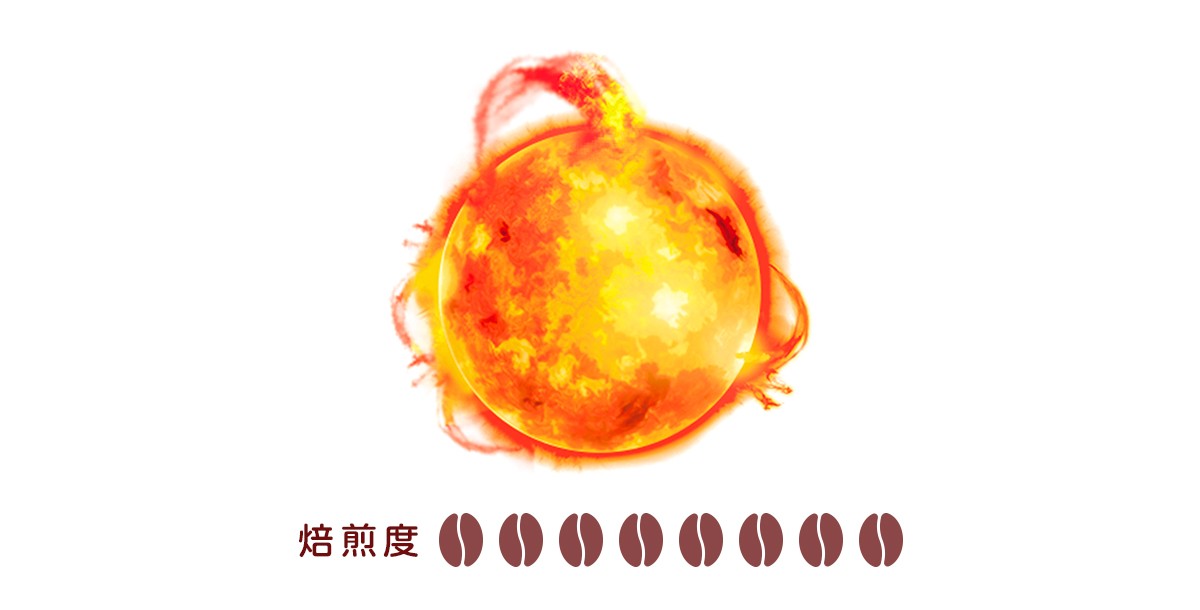
More oil will rise to the surface and turn charcoal in color.
So far, we have introduced eight levels of roasting.
In reality, the progress of the Manabu reaction will vary depending on the roasting temperature, the condition of the beans, and the time.
I think this alone will give you an idea of how deep the world of roasting is.
Changes in coffee beans caused by roasting
The changes in coffee beans caused by roasting are mainly due to Manabu reactions such as the Maillard reaction, caramelization, and the decomposition of oligosaccharides.
The Maillard reaction is a reaction that occurs between sugar and protein (amino acids). Although there are slight variations depending on the substance, the reaction becomes active at around 155℃, producing a brown substance called "melanoidin" that is the source of the fragrant flavor. This substance is what gives bread and meat its fragrant flavor when they are baked.
Caramelization is a reaction that occurs only using sugar. It is said that the reaction occurs when heated to about 180℃, and produces a brown substance with a sweet aroma and a unique bitter taste. Caramel sauce for pudding, caramel, and tortoiseshell candy are typical examples of products that use caramelization, and if the reaction proceeds too quickly, it will burn and become more bitter.
The decomposition of oligosaccharides occurs when oligosaccharides such as chlorogenic acid and sucrose contained in raw beans are broken down by heat and converted into sour substances.
Chlorogenic acid is broken down into quinic acid and caffeic acid by thermal energy, and as the roasting process progresses, these components produce substances that give coffee its bitterness and aroma.
Sucrose is broken down by heat energy, and is broken down from the early stage of roasting when it is not affected by heat energy much, producing organic acids such as acetic acid and formic acid. These create the sour taste of lightly roasted coffee.
With light roasting, the acidity produced by thermal decomposition is noticeable, but gradually the fragrant and bitter flavors caused by the Maillard reaction and caramelization increase.
By roasting the beans even more deeply, the color of the beans becomes darker and a strong bitterness emerges along with the rich flavor that is characteristic of coffee.
In reality, the progress of the Manabu reaction will vary depending on the roasting temperature, the state of the material, and the time.
These Manabu changes only account for a small proportion of the substances contained in coffee.
Many other compounds also change, giving each coffee its unique flavor.
How the roaster brings this out is where their skill really comes into play.
The method varies depending on the roaster, and this is where their individuality comes into play.
June 3, 2024
CROWD ROASTER
If you want to enjoy coffee more deeply
" CROWD ROASTER APP"
Manabu at CROWD ROASTER LOUNGE
・Push notifications for article updates・Full of original articles exclusive to CROWD ROASTER
・Direct links to detailed information about green beans and roasters
App-only features
- Choose green beans and roasters to create and participate in roasting events・CROWD ROASTER SHOP: Everything from beans to equipment is readily available
・GPS-linked coffee map function


